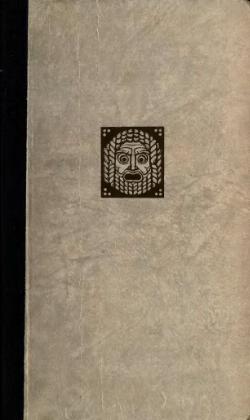Les Premiers Hommes dans la Lune
| Les Premiers Hommes dans la Lune | |
 Couverture de l'édition originale anglaise de 1901 | |
| Auteur | H. G. Wells |
|---|---|
| Pays | |
| Genre | Roman Science-fiction |
| Version originale | |
| Langue | Anglais britannique |
| Titre | The First Men in the Moon |
| Éditeur | George Newnes |
| Lieu de parution | Londres |
| Date de parution | 1901 |
| Version française | |
| Type de média | Livre papier |
| modifier |
|
Les Premiers Hommes dans la Lune (The First Men in the Moon) est un roman de science-fiction de H. G. Wells, publié en 1901 (Royaume-Uni) chez George Newnes.
L'histoire
[modifier | modifier le code]Le roman raconte l’histoire d’un voyage vers la Lune entrepris par les deux protagonistes : un narrateur homme d’affaires, M. Bedford ; et un scientifique excentrique, M. Cavor. Cavor met au point la cavorite, un métal révolutionnaire qui crée l'apesanteur, avec lequel il construit un astronef. Bedford et Cavor découvrent que la Lune est habitée par une civilisation extraterrestre sophistiquée de créatures ressemblant à des insectes qu’ils appellent les Sélénites. L’inspiration semble provenir du célèbre roman De la Terre à la Lune (1870) de Jules Verne, et de l’opéra Le Voyage dans la Lune (1875) de Jacques Offenbach.
Traductions en français
[modifier | modifier le code]- Traduit par Henry-D. Davray, illustrée par Martin van Maele, éd. Félix Juven [1901]
Adaptations au cinéma
[modifier | modifier le code]- 1919 : The First Men in the Moon de Bruce Gordon et J. L. V. Leigh [négatifs et copies perdus]
- 1964 : Les Premiers Hommes dans la Lune de Nathan Juran
Postérité
[modifier | modifier le code]La cavorite et son inventeur font l'objet d'allusions et de reprises dans plusieurs œuvres de fiction postérieures. Ils apparaissent notamment dans le premier tome de la bande dessinée La Ligue des gentlemen extraordinaires (1999) d'Alan Moore[1].
Références
[modifier | modifier le code]- ↑ (en) Jess Nevins (préf. Alan Moore), Heroes and Monsters : The Unofficial Companion to The League of Extraordinary Gentlemen, vol. I, Austin (Texas), MonkeyBrain, , 240 p. (ISBN 1-932265-04-X), p. 60.
Voir aussi
[modifier | modifier le code]Articles connexes
[modifier | modifier le code]Bibliographie
[modifier | modifier le code]- (en) Frank McConnell, The Science Fiction of H.G. Wells, New York / Oxford, Oxford University Press, coll. « Science-fiction Writers Series », , IX-235 p. (ISBN 0-19-502811-2, présentation en ligne).
- (en) Steven McLean, The Early Fiction of H.G. Wells : Fantasies of Science, Basingstoke, Palgrave Macmillan, , 242 p. (ISBN 978-0-230-53562-6, présentation en ligne), [présentation en ligne].
- (en) John Milstead, « Bedford Vindicated : A Response to Carlo Pagetti on The First Men in the Moon », Science Fiction Studies, Greencastle (Indiana), SF-TH Inc, vol. 9, no 1, , p. 103-105 (JSTOR 4239467).
- (en) Graham J. Murphy, « Archivization and the Archive-as-Utopia in H.G. Wells's The First Men in the Moon and “The Empire of the Ants” », Science Fiction Studies, Greencastle (Indiana), SF-TH Inc, vol. 42, no 1, , p. 1-19 (DOI 10.5621/sciefictstud.42.1.0001).
- (en) Carlo Pagetti et Marie-Christine Hubert, « The First Men in the Moon : H.G. Wells and the Fictional Strategy of His « Scientific Romances » » [« Les Premiers Hommes dans la Lune : H.G. Wells et la stratégie narrative du roman scientifique »], Science Fiction Studies, Greencastle (Indiana), SF-TH Inc, vol. 7, no 2, , p. 124-134 (JSTOR 4239324).
- (en) Anne Stiles, « Literature in « Mind » : H. G. Wells and the Evolution of the Mad Scientist », Journal of the History of Ideas, University of Pennsylvania Press, vol. 70, no 2, , p. 317-339 (JSTOR 40208106).
